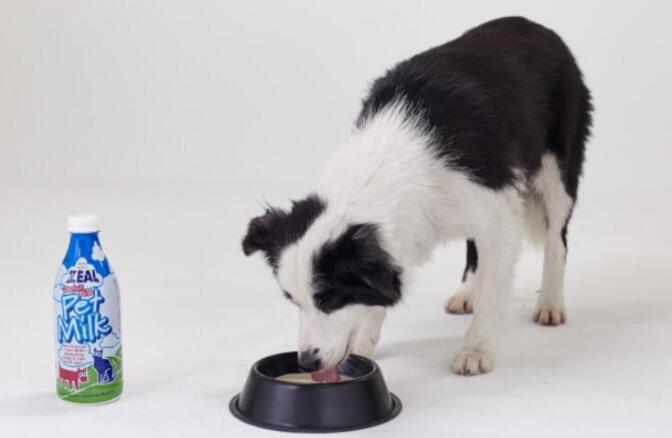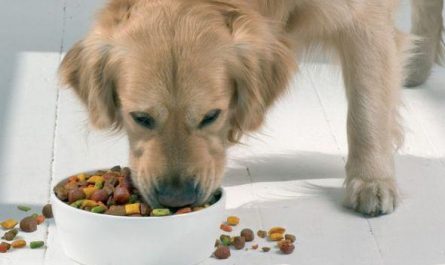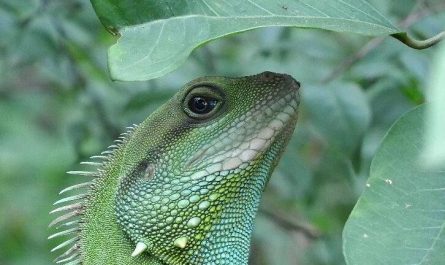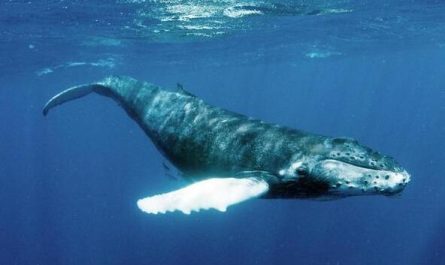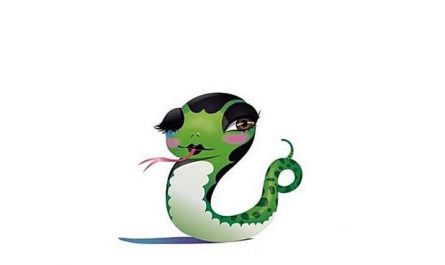The reason why dogs get thinner and thinner
1. Insufficient diet
Many owners ask their dogs how much they should eat. In fact, there is no accurate answer. Even the recommended amount on the dog food package is only a reference standard. We should still judge based on the actual situation. Some owners feed in exactly the amount stated on the package, but in reality, these amounts may be lower than the dog’s needs, so the dog may be thin.
2. Internal parasites
Some owners have paid attention to the vaccine issue, but neglected the deworming work. Some owners say that their dogs obviously eat a lot, but they don’t gain weight, which is likely to be caused by internal parasites. Because most of the nutrients are absorbed by the parasites. Therefore, it is best to regularly deworm your dogs both internally and externally.
3. Digestion and absorption problems
The digestive system of the dog itself is not very good, and the nutrition cannot be well absorbed by the body. This is mostly because some digestive organs have certain problems, it is best to check.
4. Nutrient utilization disorder
Timely nutrients are fully absorbed, but due to reduced liver function, nutrients will not be assimilated, and will also cause the problem of thin dogs.
What to do if the dog is getting thinner
Food: The feeding time should generally be arranged in the daytime, which is suitable for the general activity of animals. For three meals a day, breakfast is around 8 o’clock, lunch is around 1 o’clock, and dinner can be eaten around 6 o’clock.
The composition and quantity of food are basically the same as those of 2 months old. As the dog grows up day by day, the amount should be increased appropriately. Generally, every 3 to 5 days, the original amount of food can be increased by about 1/5. In addition, add a little salt to the shredded pork and vegetables (it is lighter than what people eat).
Generally, the individual size and the thickness of the leg bones are related to heredity when the puppies grow up, while the amount of food eaten is not very related to the nutritional status. During the growth and development stage, not all parts of the fog grow in a balanced manner. For example, the body and weight are mainly grown from birth to 3 months, the body length is mainly increased at 4 to 5 months, and the body height is mainly increased after 7 months. Therefore, during the growth and development period, special attention must be paid to not only balanced nutrition, but also sufficient nutrients. If the puppy eats too much, it will easily hurt the stomach and affect gastrointestinal function. If you eat too little, the nutrients necessary for the growth and development of the body cannot be guaranteed, and the body is thin and weak in resistance. Once sick, it is more dangerous. Dogs in the growth and development period generally have balanced and nutritious food (solid or semi-liquid food). The daily feeding amount per kilogram of body weight is about 60 to 70 grams, and the food is divided into 3 to 4 times.
Dog’s vision
The eyesight of a dog is only about three-quarters of that of a human, and among all animal species, the eyesight of a dog is roughly classified as medium. The dog’s single eye can only see 25 degrees, so it cannot see the closest distance to the front. A dog’s eyeball lens is relatively large and deformed like a horse’s eyeball, so it can’t adjust the sense of distance. It is about 20 to 30 meters. Dogs have a special ability to detect moving objects; they can detect a picture that moves 70 lines per second, while the line movement of a general TV picture is about 60 picks per second. When the light is dim, the eyesight of dogs is better than that of humans. Dogs are natural carnivores and live by hunting, so they have considerable eyesight in dark places. Dogs’ eyes can see short-wavelength colors. In addition, dogs’ corneas are also larger, allowing more light to enter the eyes, making it easier to see things in dimly lit places. But in the darkness where there is no light, the dog can’t see it either.
The visual difference between humans and dogs lies in the response to light. The human eye responds to the three primary colors (red, green, and blue) that cause various colors. Dr. Dennis Brooks, associate professor of ophthalmology at the University of Florida School of Veterinary Medicine, said that the vision of dogs is different from that of humans; dogs cannot distinguish various colors like humans, but dogs can see certain colors. Dogs can distinguish different shades of blue, indigo, and purple, but they have no special sensibility for the high chroma colors such as red and green in the spectrum. Dr. Brooks’s research shows that red is dark to dogs, and green is white to dogs, so a green lawn looks like a piece of white grass to dogs.
